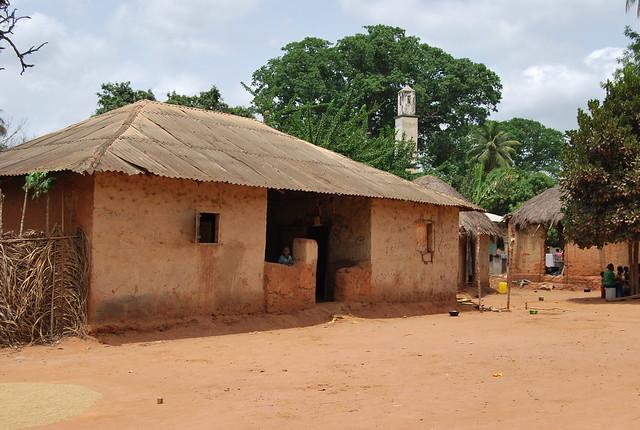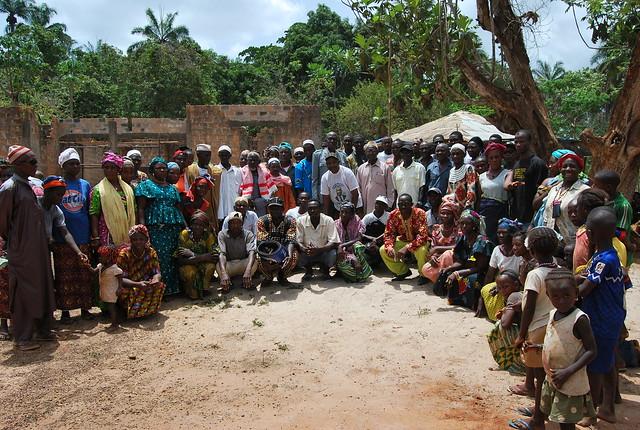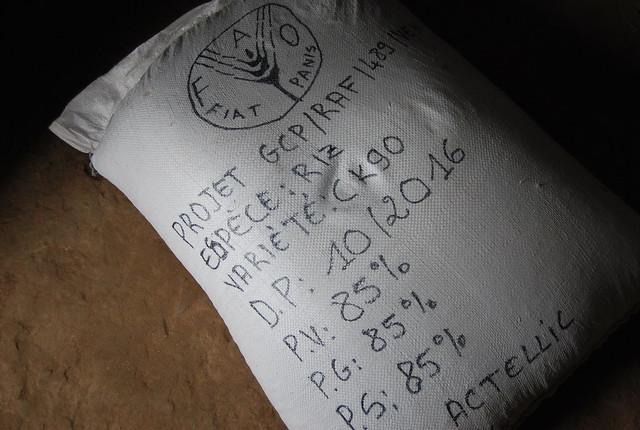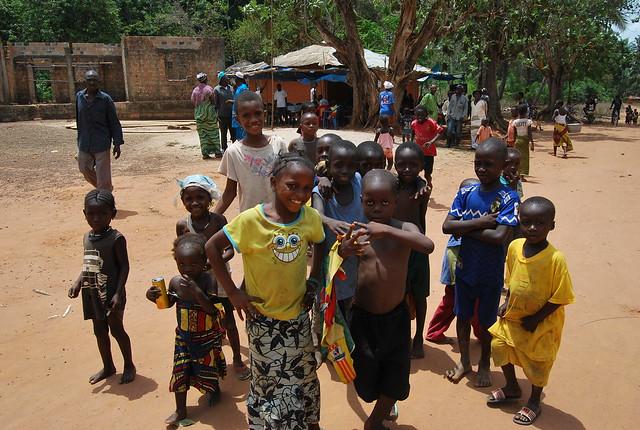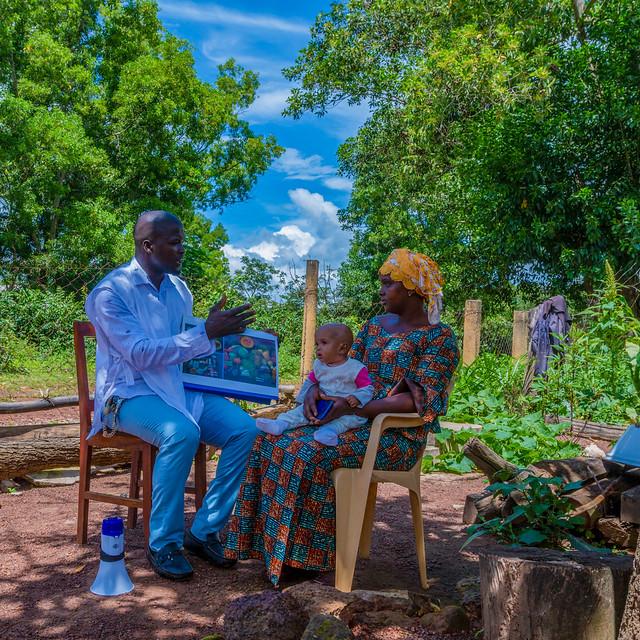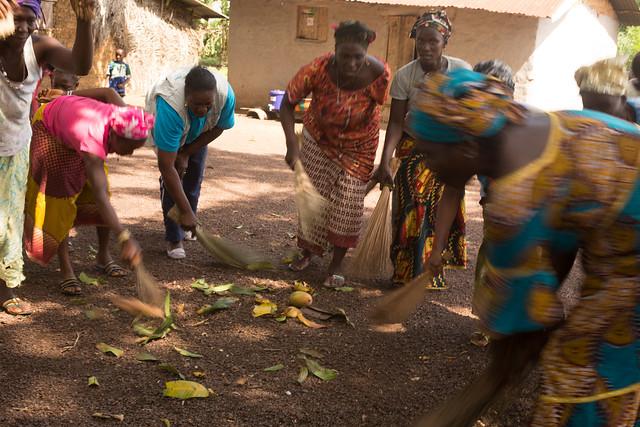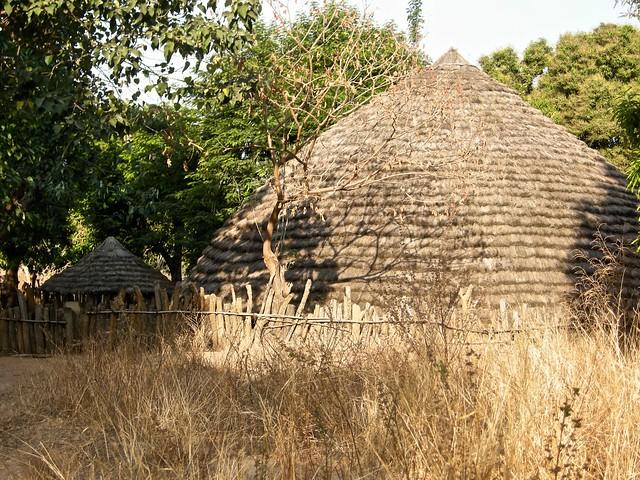Beyla Prefecture
Overview
Overview of Beyla Prefecture, Guinea
Beyla Prefecture is a vibrant region located in the Nzérékoré Region of Guinea, known for its rich cultural heritage and stunning natural landscapes. This area is a mosaic of ethnic groups, including the Kpelle, Toma, and Manon people, each contributing to the unique cultural tapestry of the region. The prefecture is renowned for its traditional music, dance, and crafts, which are integral to the local communities' cultural expressions. Beyla itself is surrounded by dense forests and is close to the Nimba Range, a UNESCO World Heritage Site, which adds a significant natural allure to the prefecture.
High Season for Tourism and Activities
The best time to visit Beyla Prefecture is during the dry season, which runs from November to April. During this period, the weather is generally more favorable, with less rainfall and lower humidity, making it ideal for outdoor activities. Tourists can explore the rich biodiversity of the Nimba Range, where hiking and bird watching are popular activities. Additionally, cultural festivals showcasing local music, dance, and traditional crafts occur mainly during these months, offering visitors a chance to immerse themselves in the local culture.
Preparation for Travelers
Travelers planning to visit Beyla Prefecture should prepare adequately to ensure a comfortable and safe trip. It is advisable to receive vaccinations recommended for travel in Guinea, such as for malaria and yellow fever, and to carry a supply of any personal medications. Since the region's infrastructure might be less developed compared to urban centers, packing essentials like a good quality mosquito net, a reliable flashlight, and appropriate clothing for hiking is crucial. Learning a few phrases in French, the official language, or any local languages spoken in Beyla can also enhance communication with local residents, enriching the travel experience.
How It Becomes to This
History not available

You May Like
Explore other interesting states in Guinea


